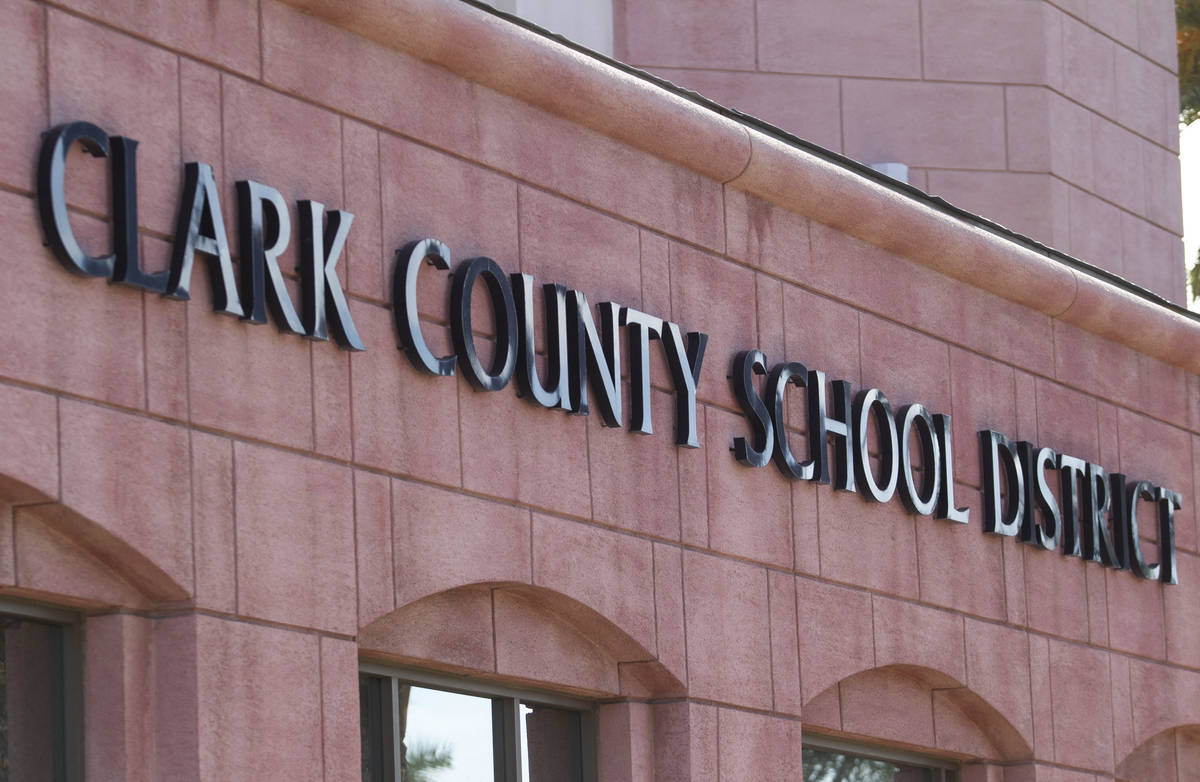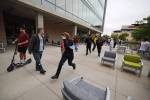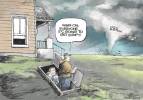EDITORIAL: Clark County School District struggles with distance learning
The Clark County School District, the nation’s fifth largest, is struggling to implement distance learning for its 325,000 students — and its massive size isn’t helping.
District Superintendent Jesus Jara ordered campuses closed three weeks ago to help contain the coronavirus. State regulations demand that school districts provide a distance learning plan to the Nevada Department of Education documenting how they intend to carry on during the closures. Clark County failed to submit its proposal on time. Not encouraging.
Last week, the district revealed that 79 percent of students had been contacted by teachers during the first week of the closure in regard to online programs. That means 21 percent of enrolled students have had no interaction with educators about continuing their schooling during the shutdown.
This issue is plaguing districts across the country, big and small — and understandably so. The virtual lockdown of public places during the virus crisis is an unprecedented event, and few institutions — public or private — were prepared for this unthinkable scenario. But the problems have more acute in large districts with their entrenched interests and bureaucracies. Los Angeles and New York, for instance, have also faced obstacles regarding remote learning setups.
“Educators say that some students and their parents have dropped out of touch with schools completely — unavailable by phone, email or any other form of communication — as families struggle with the broader economic and health effects of the coronavirus outbreak,” The New York Times reported last week.
Clark County officials complained that computer access issues had hindered their efforts, particularly in low-income communities. Homes without the internet, for instance, pose unique challenges to online learning programs.
“The limited investment in funding for distance education has amplified the inequities for our students across all of our schools,” a district statement said. “As with other school districts across American, we, too, are in uncharted waters, working to ensure our students and staff are able to keep learning and teaching.”
That’s true, of course, but its sounds suspiciously close to an excuse for failure.
Within days of the school closures, the district had rolled out a program to provide free meals for students at various locations. Surely it can also conjure up innovative ways to contact the thousands of students whom teachers have so far been unable to reach. Perhaps distributing learning packets with the free meals could be one approach. In addition, the U.S. Postal Service remains operational, and schools surely have contact information on hand for individual students who are unavailable electronically.
The so-called “digital divide” is real, but Clark County school officials can’t solve that problem in the coming weeks. Instead, they need to redouble efforts to reach students and families that have remained out of contact while ensuring that those able to participate in online lessons are actually progressing academically. District officials should also be formulating contingency plans regarding potential summer school opportunities for students to make up lost work and retention policies for kids who tune out during the closures.
Meanwhile, the virus crisis should revive the debate about whether the Clark County School District has become an unmanageable size. Proposals to break up the district into as many as six separate entities have been floated for years but have been stymied by forces defending the status quo. A compromise resulted in legislation five years ago to reorganize the district with an eye toward providing individual campuses with more autonomy. But this pandemic again highlights that local control is more efficient and that the district’s sheer size is an impediment to academic achievement and innovation.





























